Chocolate -The Food Of The Gods. Finest Cacao In The World Straight From Venezuela.
When we talk about Venezuelan cacao, our palate immediately begins to imagine the sweet taste of Criollo chocolate. Recognized brands and some artisanal ones that allow us to feel all the endorphins of our body rushing after a single piece of it. Venezuelan cocoa has been recognized in many countries, as the best cocoa origin in the world. It is one of the tastiest and most desirable product in the world. In this article, I will talk about everything concerning cocoa, its production, harvest, also a bit of history and different types of cocoa that exist. Sweet.
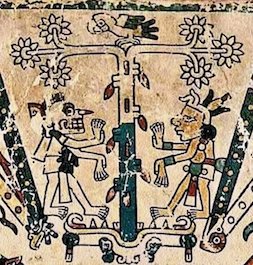
Codex Fejéváry-Mayer, The four Aztec cardinal points and the four signs "carrying years" cacao tree, Author: Chaccard Licence:CC BY-SA 4.0
To talk a little about the history of cocoa we have to go back even before the arrival of the Spaniards to South America, where the ancient indigenous cultures offered the seed of cocoa as the main currency and these were used for different aesthetic and medicinal purposes.
Then with the arrival of the Spaniards, the cocoa of these lands was harvested throughout all of the Venezuelan territories, thus the first plantations of this fruit were created in order to introduce chocolate to the European market, mainly in Spain.

Mexican sculpture of a man holding a fruit of the cacao tree, Author: Lawrence of Arabia Licence:CC BY-SA 3.0
One of the first cocoa plantations was located in the state of Trujillo, the seeds were sent to Spain. It was then that the diversions of the boats to other islands began, and what we know of as cocoa smuggling began with the establishment of the Guipuzcoana company, which was responsible for maintaining production and commercializing cocoa.

The morning chocolate by Pietro Longhi; Venice, 1775–1780, Author: DIRECTMEDIA Licence:Public Domain
After the war of independence, the cocoa obtained a lot of value, so the owners of the plantations became very rich, then came the coffee and slowed down the production of cocoa, and by the end of the war, Venezuela had lost its main buyer country (Spain) so that sales fell considerably.
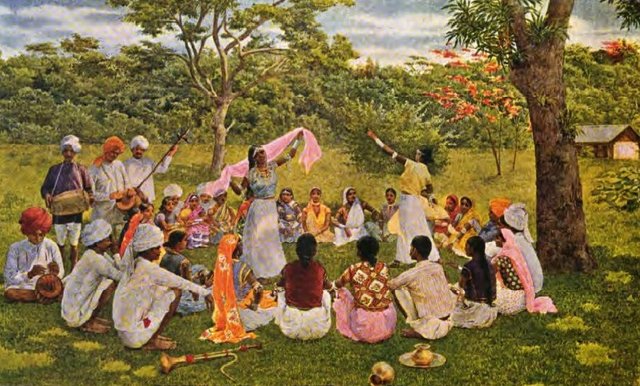
Immigrant workers from India relaxing on a cacao estate in Trinidad, 1903, Author: Head, Brandon (1903) The Food of the Gods: A Popular Account of Cocoa Licence:Public Domain
Speaking a bit about the frequency and specific areas of Venezuela where cocoa is grown, one can say that the whole national territory has the advantage of growing the trees of this exquisite fruit, however, the most prominent plantations are located in specific places where the climate, shade and vegetation are ideal for growing cocoa, these areas are:
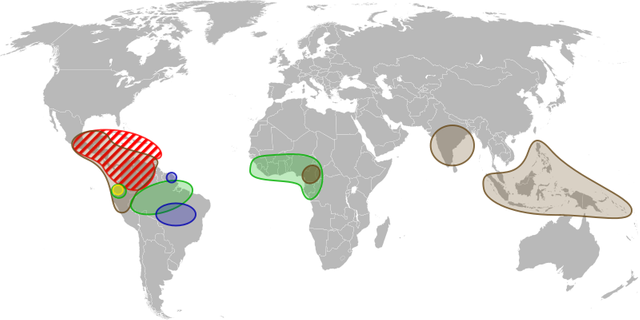
World distribution map of cacao tree species. Cacao species: Brown-Theobroma cacao (Trinitarios), Red-Theobroma cacao (Criollos), Green-Theobroma cacao (Forasteros),Yellow-Theobroma cacao (Nacional),Blue-Theobroma grandiflorum (Cupuaçu), Author: © Sémhur Licence:CC BY-SA 4.0
Northeast Zone: this zone in the country represents the Monagas, Sucre and Delta Amacuro states, where the largest cocoa producing state is Sucre, which has more than 3 hectares dedicated to the plantation and production of cocoa, this area representing 40% of the national production of this. The types of crops are Trinitarian cacao and Forastero cacao.
North Central Zone: This area in our country represents the Miranda, Yaracuy, Carabobo, Guárico and Aragua states, where the exquisite chocolates in the areas of Aragua such as Choroní and Chuao cannot be missed.
However, Miranda is the largest cocoa producer in this area, in the city of Barlovento, with an approximate extension between different haciendas of around 6 hectares. The cocoa grown there is of the Forastero type with a Criollo genetic crossing, undoubtedly a delicacy of cocoa.
South-East Zone: on this occasion I have mentioned the member states of Mérida, Zulia, Apure, Barinas and Portuguesa, thus we see how almost all the states of Venezuela are characterized by producing cocoa. The representative state of the south-eastern zone corresponds to Mérida in terms of the extension of the plantation surface, although the other states stand out due to the quality of the Forastero and Criollo type of cocoa.

Old, educational plate with botanical illustrations of Theobroma cacao, Source: Wolfmann Licence:CC BY-SA 4.0
Cocoa is a fruit that is grown directly from trees that can measure between 2 to 3 meters in height, the condition that these trees need to grow is to be located in shade, that is, under other larger trees that provide them with shade.
These trees can give up to 20 cacao fruits, which represents a large production depending on the amount of these that are in a plantation. There are many types of cocoa in Venezuela, but in terms of its visual description we can determine two common ones, one is reddish and when it reaches maturity it turns a purple colour, while the other is green and when it matures it becomes yellow.
The cocoa seed is covered by a gelatinous substance which can be eaten, it is really very tasty, the substance is extracted to make what we know as the delicious Venezuelan chocolate.
There are three types or varieties of cocoa, these are found in Venezuela in different parts of the territory depending on the climate and the plantations. The types of cocoa are:
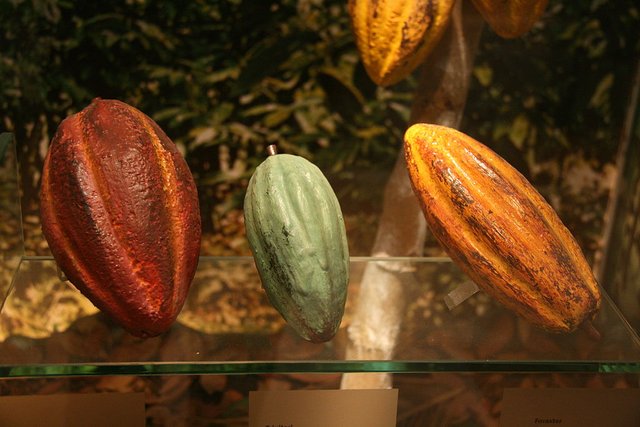
Three varieties of Theobroma cacao (Left to right): Forastero Trinitario Criollo, Author: USCapitol Licence:CC BY 3.0
Criollo: this type of cocoa is commonly produced in the Andean areas and in the basins of Lake Maracaibo, its seed is very fine and fragile as is the tree that produces it, so the production of this type of cocoa is only 10% worldwide, that is to say, that it is set aside for the finest and most exquisite chocolates in the market.
Forastero: Unlike Criollo cacao, this has strength in its tree and at the same time its maintenance is very simple, the taste and natural smell of this cacao do not surpass the Criollo, nevertheless, it is used for the traditional chocolate bars that are commercialised all over the world. Its level of world production represents 70%, which is why it is considered the ordinary or most common cocoa in terms of its production.
Trinitario: this type of cocoa comes from the genetic cross between the Criollo and foreign cocoa, that is to say, that the attempts have led to cross the properties of both types to create a cocoa that can be resistant, strong, of a good flavour and attractive smell that lasts in time and also can fight diseases. This seems like a dream and it is achieved. In Venezuela, it can be seen in areas like Barlovento in Miranda State.
Before being able to sell the cocoa seeds and then move on to chocolate production, it is necessary to go through several processes before, these are:
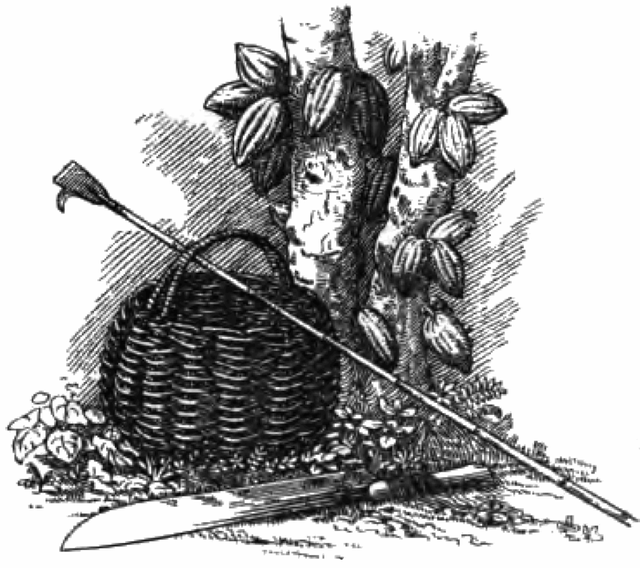
Cacao harvesting tools, Source: The food of the Gods: A Popular Account of Cocoa (1903) Licence:Public Domain
Collection: This process, as its name says, consists of acquiring the seeds of cocoa, this must be done with great care and knowledge so as not to hurt the flower or the tree, so it will be ready for the next harvest. So those responsible for bringing down the fruits do so with a special blade and only when these have reached the correct maturity. Then carefully and without damaging the seeds, the latter is placed under large banana leaves to continue with what would be fermentation.
Fermentation: This is where the seed begins a chemical process that can last up to 6 days, it is necessary to recognize the right time to continue with the process.
Because if it is removed from the sun, it can pick fungi, if it does, it will have a very bitter and unpleasant taste on the palate. When the seed has properly fermented it swells and its colour begins to turn brown, what is necessary to improve is the characteristic cocoa aroma.
Drying: it is time to dry the seeds, it is necessary to be done in sunlight and outdoors, raking repeatedly until the seed has diminished at least 3 fourth parts of its initial composition.
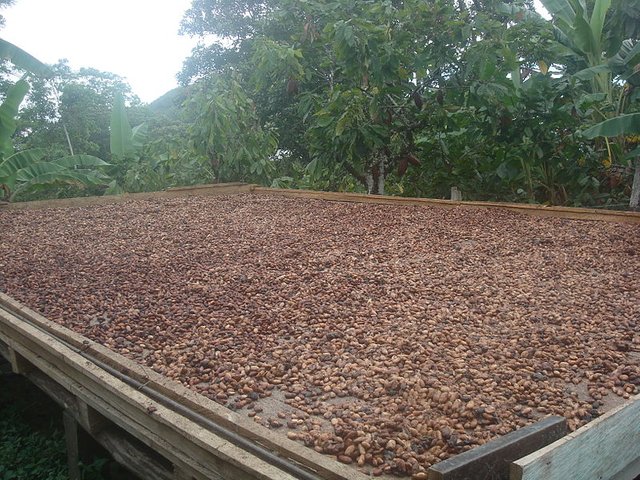
Drying, Author: pipeafcr Licence:CC BY-SA 3.0
Storage: then the seeds are selected and bagged to take to the factories which are responsible for storing them in rooms with a correct control of temperature and humidity.
Fairtrade has been an initiative that the cocoa-exporting and producing companies have respected, which is focused on the consolidation, respect and production suitable for the cultures involved and a free competition full of quality and sustenance to the obtained product. This was innovated by the United Nations from the year 1964.
Since 2014, the intensity of cocoa production has positioned Venezuela as a power on the market of sweets. But even so, this trade is stagnating and the annual production of this raw material does not compare with the production of others countries like Ecuador which sustains a large part of its income to the state in only cocoa production.
By 2014, the price of cocoa was above the cost of a barrel of oil, to which we can say that this source of income may be suitable to re-establish a little the economy in the country.
Of course, Venezuela is not the only country in America that consolidates cocoa production in the world, in fact, it is known for its wide range of cocoa and chocolate flavours, however, it does not rank high in comparison to the production of other Spanish-speaking countries.
It is said that Venezuela is capable of collecting 300Kg of cocoa per hectare, while other countries such as Ecuador can produce more than 1500Kg per hectare, which is a waste of the resources in the Venezuelan country.
Other cocoa-producing countries are:
Mexico: annual world production 2%
Ecuador: World annual production 4%
Nigeria: World annual production 5%
Brazil: World annual production 5%
Cameroon: World annual production 5%
Indonesia: World annual production 13%
Ghana: World annual production 19%
Côte d'Ivoire: World annual production 38%
With these figures, one can see but it is hard to imagine that Africa and Asia are ones of the main cocoa producing continents. That being said, Venezuela should inject more sweetness of this exotic tropical fruit to increase the production of Venezuelan cocoa, considered the best of the world, thus it would obtain a positive outward point for oil in Venezuela.
References
Photos: @highonthehog
Images: sources linked below
Coe, S.D., Coe, M.D., The True History of Chocolate. London: Thames & Hudson, 1996
McNeil, Cameron, Chocolate in Mesoamerica: A Cultural History of Cacao. Gainesville: University of Florida Press, 2006
Bingham, A., Roberts, J., South and Meso-American Mythology A to Z. Infobase Publishing, 2010
Tarver, H. Michael, and Julia C. Frederick. The History of Venezuela. Westport:
Greenwood Press, 2005Daly, C., Cultural Itinerary: The Route of the Cacao: Trade of the Cacao in Venezuela, Transformation of a Territory. Foundation Tito Salas Museum, 2005
https://www.icco.org/about-cocoa/chocolate-industry.html


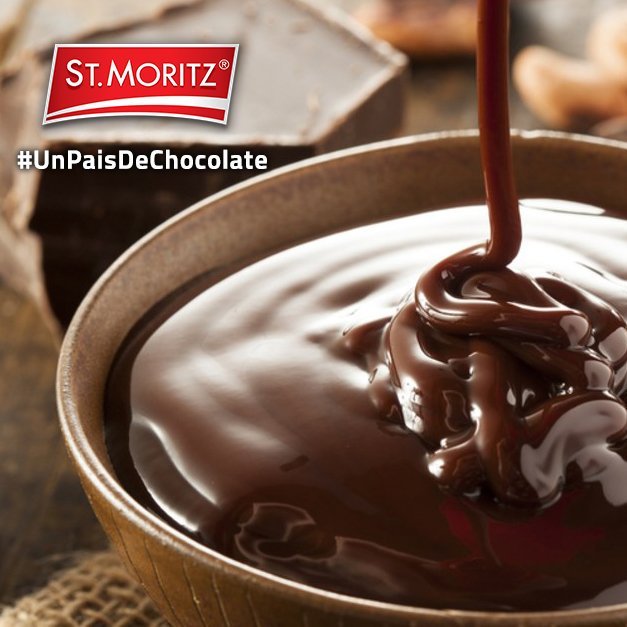
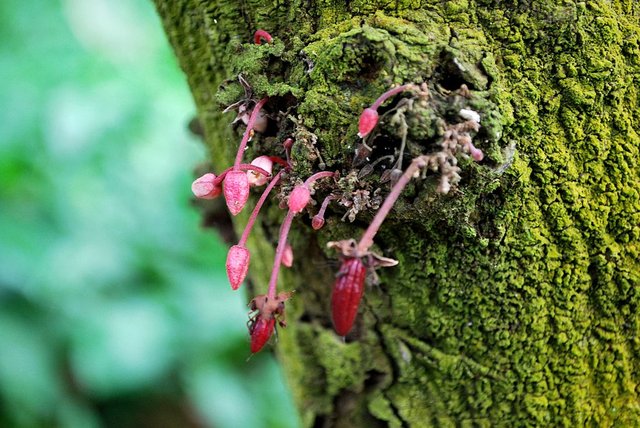
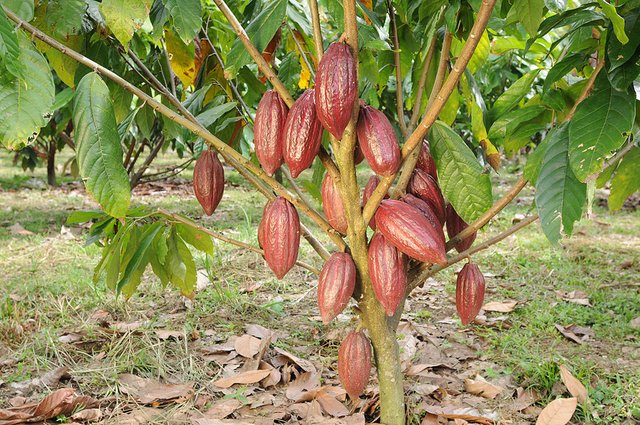
.jpg)
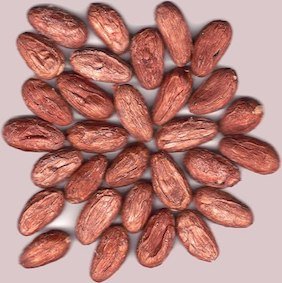
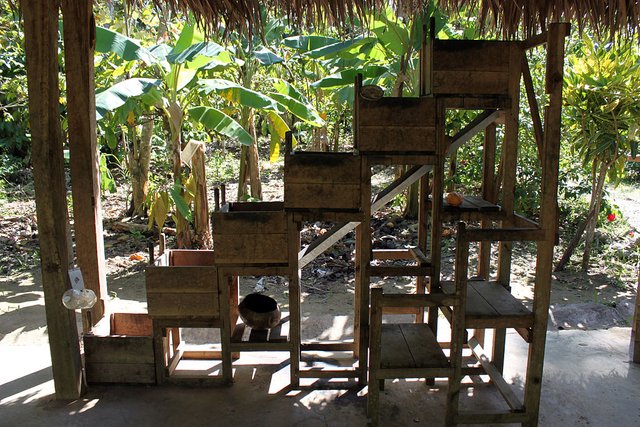
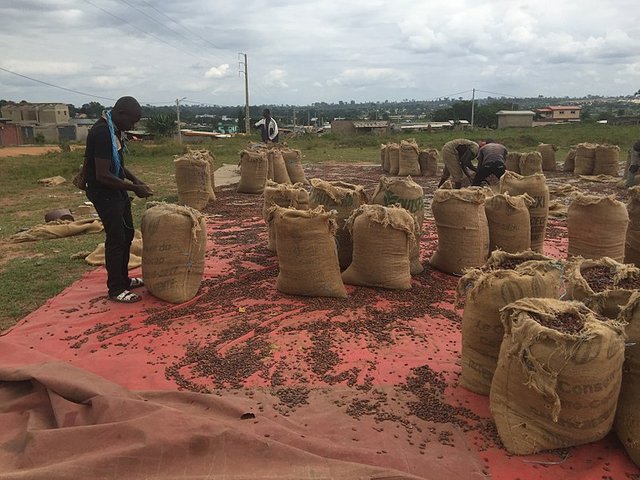
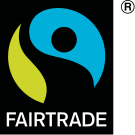
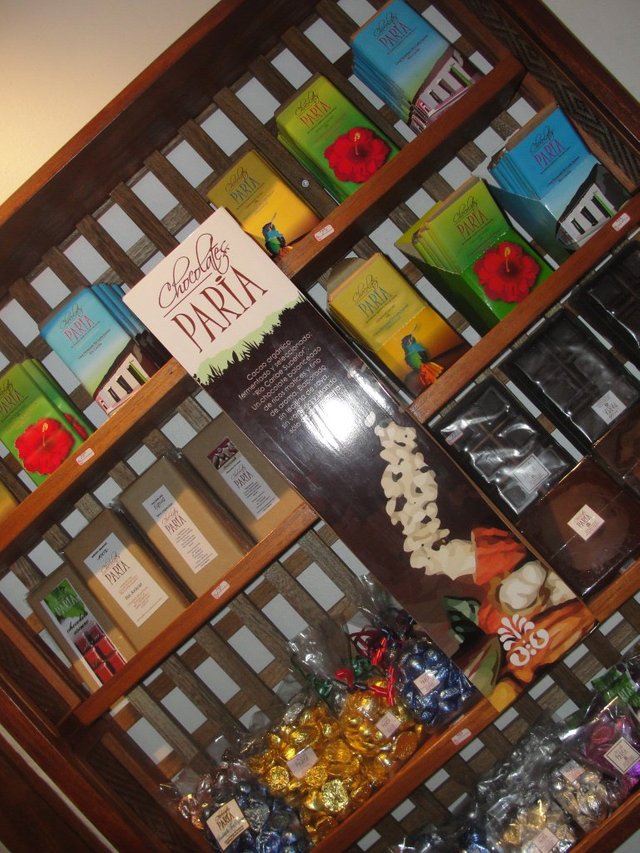
.jpg)
Venezuela lived on cocoa and coffee exports towards the beginning of the last century, but after the discovery of the gigantic oil reserves, the agricultural sector fell into oblivion.
The Cacao productions were so important during the colonial era, that the owners of the plantations usually bought nobiliary titles and were called "Grandes Cacaos" (something like "Big Cocoas"), a term that still persists, although with little use, to call someone who has a lot of money or influence.
The father of the Venezuelan liberator Simón Bolívar was a "big cacao".
Just some curiosities... good post by the way... regards!
Hey @vieira
Here's a tip for your valuable feedback! @Utopian-io loves and incentivises informative comments.
Contributing on Utopian
Learn how to contribute on our website.
Want to chat? Join us on Discord https://discord.gg/h52nFrV.
Vote for Utopian Witness!
Thanks! I will definitely check it out.
Wow, that's is such a cool information, Big Cocoas. In my country, if someone gets super rich we say that he has coconuts ;)
Cocoa prices for consumer did not budge.
You got a 100.00% upvote from @luckyvotes courtesy of @stimialiti!
This comment has received a 58.82 % upvote from @steemdiffuser thanks to: @stimialiti.
Bids above 0.05 SBD may get additional upvotes from our trail members.
Get Upvotes, Join Our Trail, or Delegate Some SP
You got a 61.22% upvote from @whalecreator courtesy of @stimialiti! Delegate your Steem Power to earn 100% payouts.
You got a 100.00% upvote from @sleeplesswhale courtesy of @stimialiti!
This post has been rated by the user-run curation platform CI! In this platform users are able to manually curate content. This is done regardless of Steem Power, for both rewards and vote size calculation.
Join in at our site here!
https://collectiveintelligence.red/
Or join us on discord to interact with the community!
https://discord.gg/sx6dYxt
This post was submitted for curation by: @anevolvedmonkey
This post was given a rating of: 0.7822327975475977
This post was voted: 78.34%
Real Chocolate aka Cacao!!!!
I have had coconibs before. They were interesting.
Of course I love chocolate, but it is sad that slavery and theft gave us the chocolate trees and sources we have today.
Thanks for this article.
Thanks so much! Wow!!! Your post did so well!!! How did that happen. It really makes me want to write a long post with tons of photos. Crazy!!
Yes, tragic story of the colonial to modern times ;(
Thanks for your comment.
Great writing @highonthehog!
I must say that I haven't know that Venezuela is one of "cocoa forces". If I ever come up to some Venezuelan sweets, I would definitely try it :)
Thank you. As you see in terms of quality but not the quantity, unfortunately.
Well, quantity is more technical thing and it can be improved in the future,
I personally, always give chance to quality :)
same here ! ;)
Hi @highonthehog!
Your post was upvoted by utopian.io in cooperation with steemstem - supporting knowledge, innovation and technological advancement on the Steem Blockchain.
Contribute to Open Source with utopian.io
Learn how to contribute on our website and join the new open source economy.
Want to chat? Join the Utopian Community on Discord https://discord.gg/h52nFrV
When tou travel from Caracas to the west coast, you can see the farms where cocoa and coffee beans are dried. It's beautiful, but infortunately, this activity is very diminished now...great post, thanks
I would like to have the opportunity to visit all these places. I imagine the industry is in decline but it would still be great to see it. Thank you.
You are always welcome to join us and get more recognition for your posts. You can find more information about geopolis here or join our Discord server.
Thanks
Good to see ya!
Thanks 😀